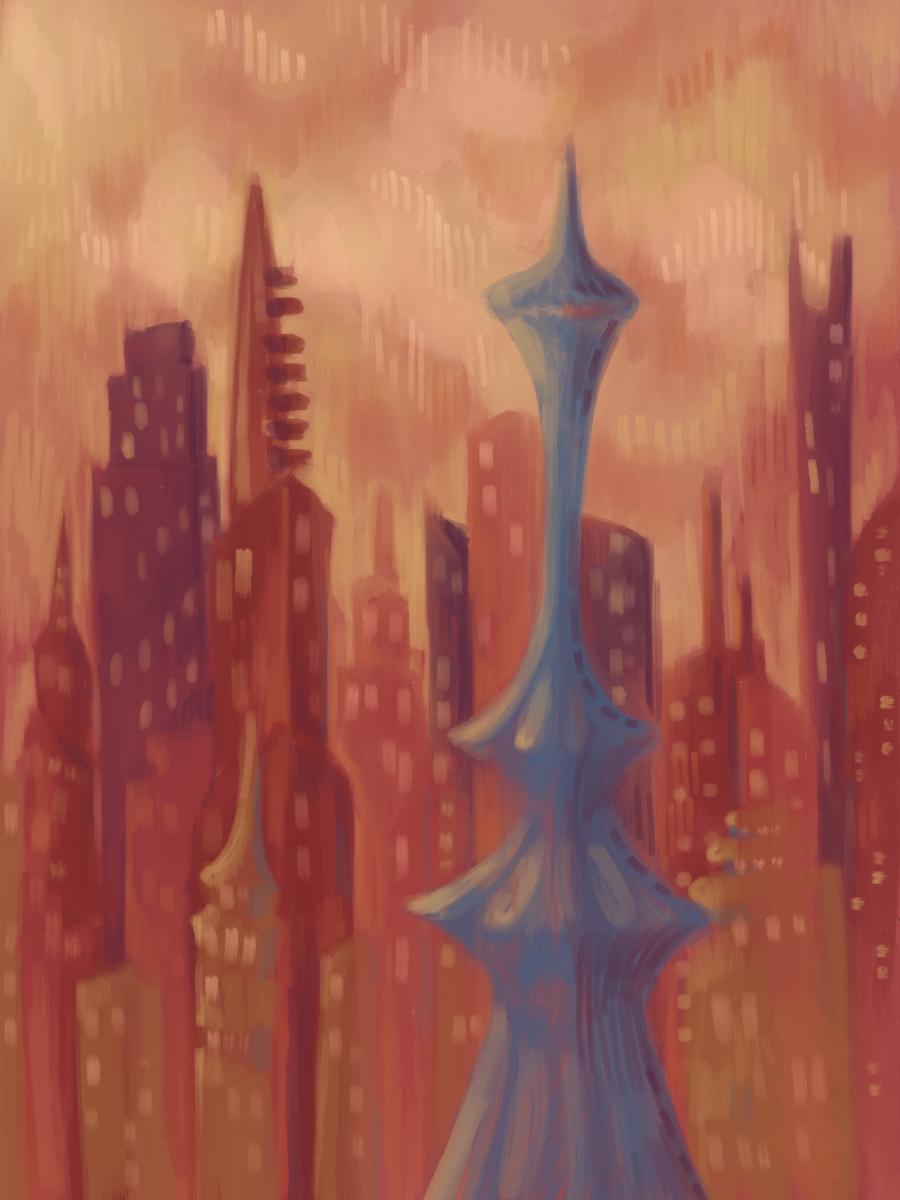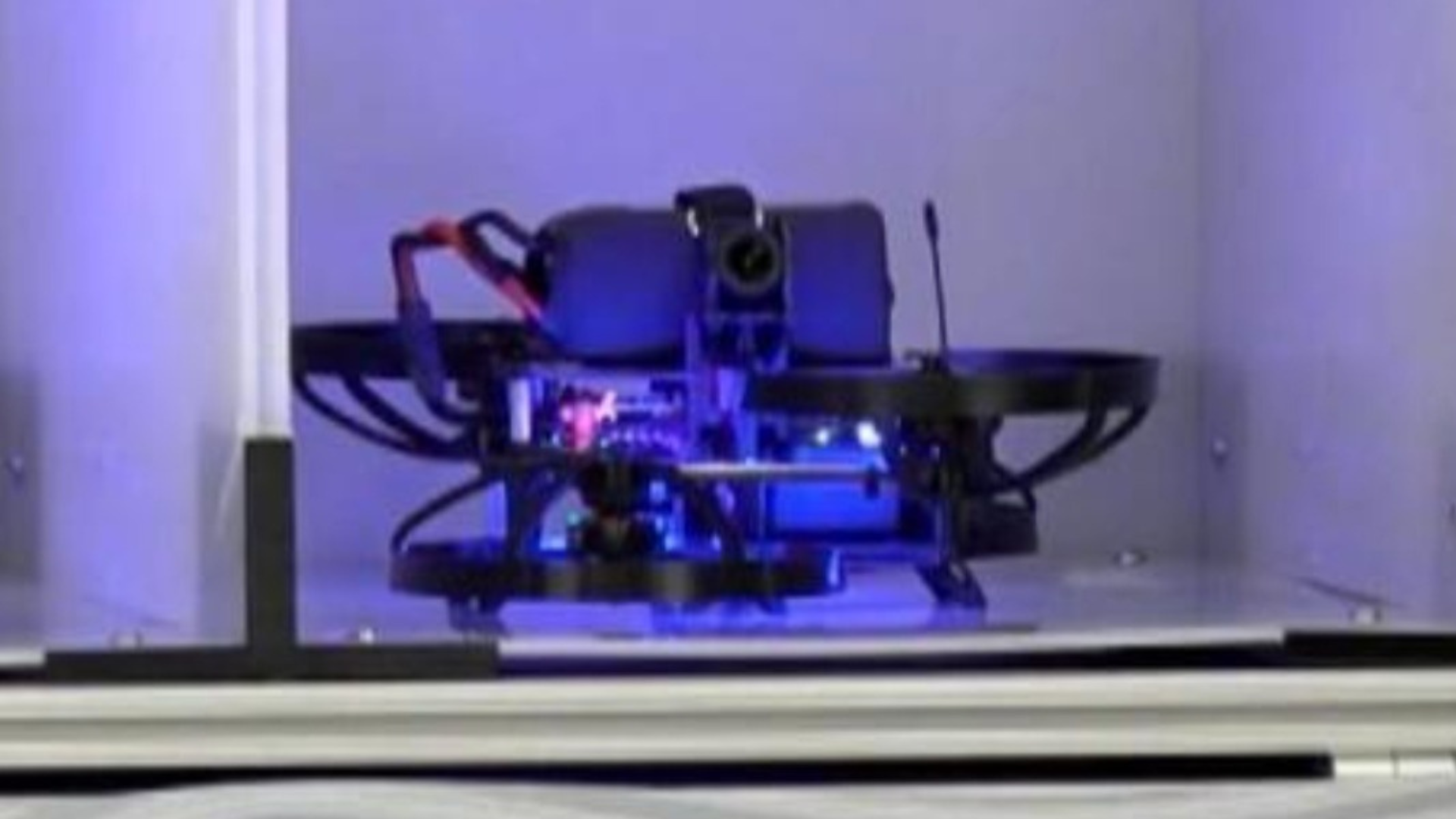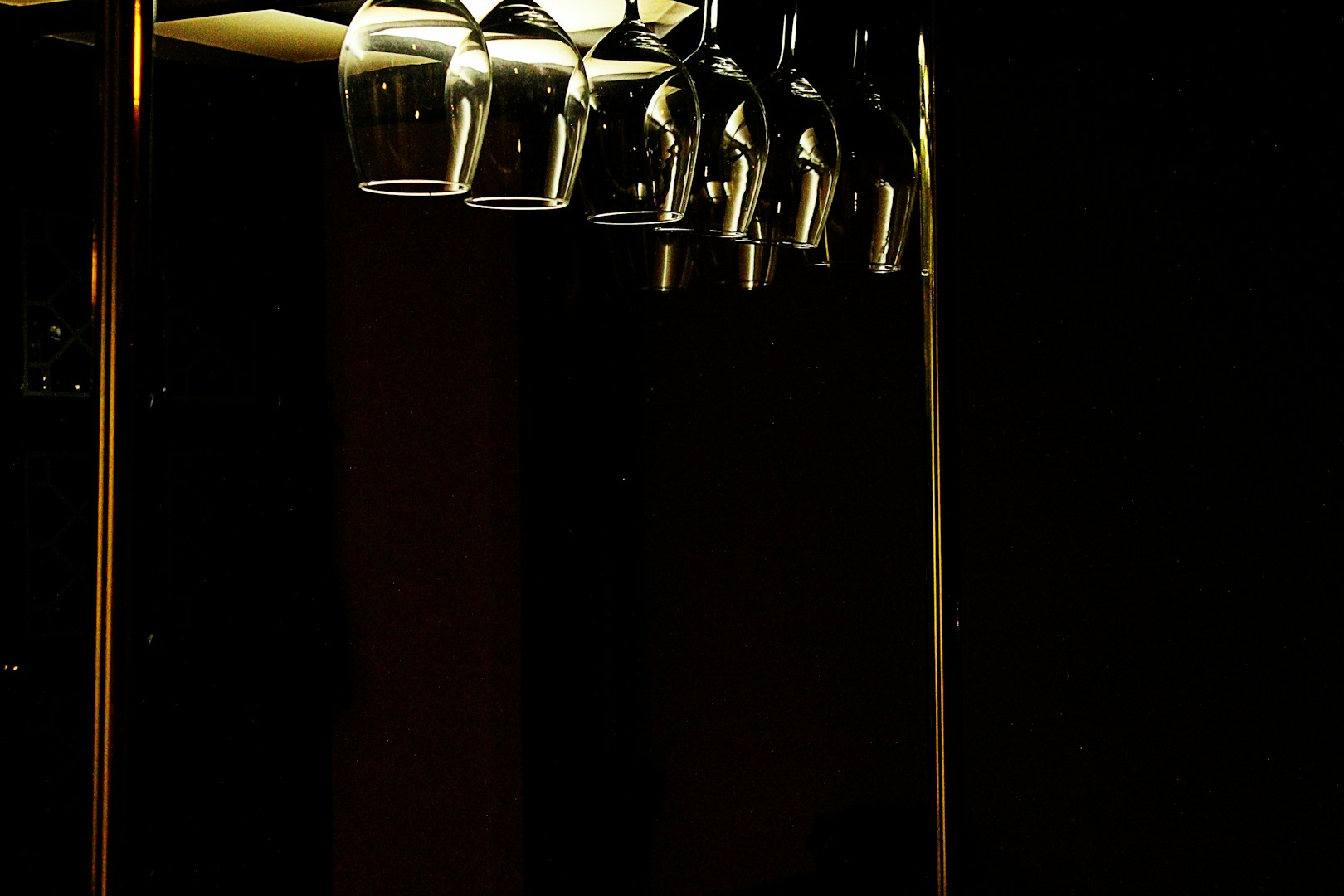UT researchers helped develop new materials that emit heat more effectively and could save thousands of kilowatts of electricity per year, according to a
news release
from the Cockrell School of Engineering.
The new materials use the concept of radiative cooling, which keeps objects cool by dumping the excess heat into outer space rather than the atmosphere.
Yuebing Zheng, a mechanical engineering professor who worked on the July 2 study, said the new materials can reflect sunlight and convert its emitted heat into a type of light that can be released into outer space rather than how air conditioning dumps heat into the atmosphere. According to the U.S. Energy and Information Administration, air conditioning accounted for 28% of Texas’s total electricity consumption in 2020.
The researchers used a machine learning framework to decide what the new materials are made of and their structure on a nanoscale. Zheng said machine learning opens doors that previous trial-and-error approaches could not.
“Using machine learning, we are able to actually explore so many different (geometries) at the micro-nanoscale: the shape of this micro-nanoscale architecture, the size, the arrangement, as well as the materials,” Zheng said.
The study was a collaboration between the University of Texas, Shanghai Jiao Tong University, National University of Singapore and Umea University in Sweden. Kan Yao, a co-author of the study and research fellow at UT, said the study was originally proposed by researchers at Shanghai Jiao Tong University. They approached UT partly because of its experience with using machine learning in the design of photonic materials.
“It’s not a debate, but (a) discussion in our community,” Yao said. “Whether machine learning is (an) effective or efficient method (because), this time, we (proved it is) useful in finding new materials for radiative cooling. On the other hand, some other people would say when you make this algorithm work, you need a lot of data. Does that deserve it?”
Yao said there are other barriers to bringing this technology to mass production, like reducing the price of the material and improving its aesthetics without hurting its thermal properties. However, Zheng is hopeful for the future of UT’s involvement in this area.
“We have (a) very strong foundation for larger-scale nanomanufacturing at UT Austin,” Zheng said. “We are looking for collaboration as well as investment (and) government funding to push this.”












